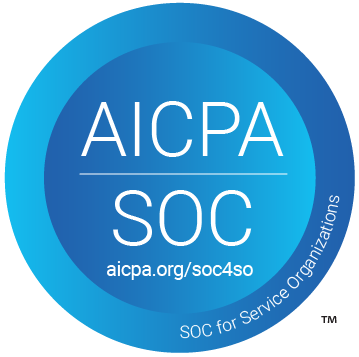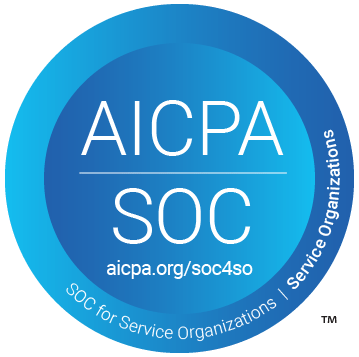Learn how to integrate JotForm and Stripe using Pabbly Connect to automate invoice creation from webhook responses. Follow our step-by-step tutorial! This comprehensive guide reveals exactly how to connect your applications and automate repetitive tasks — accessible for professionals of all technical backgrounds.
Watch Step By Step Video Tutorial Below
Accessing Pabbly Connect for Integration
To start integrating JotForm and Stripe, you need to access Pabbly Connect. Open your browser and navigate to the Pabbly Connect website. If you don’t have an account, click on the ‘Sign Up for Free’ button. This process only takes a couple of minutes and grants you 100 free tasks monthly.
After signing up, log in to your account. You will be directed to the Pabbly Connect dashboard. Click on the ‘Create Workflow’ button to set up your new integration. Name your workflow, for example, ‘Create Stripe Invoice from Webhook Response’ and click on ‘Create’ to proceed.
Setting Up Trigger in Pabbly Connect
In this step, we will set up the trigger that initiates the workflow. Select ‘Webhook by Pabbly’ as your trigger application. For the trigger event, choose ‘Catch Webhook’. This setup allows Pabbly Connect to receive data from JotForm whenever a new response is submitted.
Next, you will be provided with a Webhook URL. This URL acts as a bridge between JotForm and Pabbly Connect. Copy the Webhook URL and head over to your JotForm account. Navigate to the settings of your form, go to ‘Integrations’, and add a new Webhook integration. Paste the copied URL and complete the integration.
- Open JotForm and go to your form settings.
- Select Integrations and search for Webhook.
- Paste the Webhook URL from Pabbly Connect.
Once the integration is successful, return to your Pabbly Connect dashboard. Here, you will notice that it is waiting for a response from JotForm. To trigger this, fill out and submit your JotForm to see the response captured in Pabbly Connect.
Action Steps in Pabbly Connect
After setting up the trigger, the next step involves configuring the action that will take place once the webhook response is received. First, select ‘Stripe’ as your action application. Choose the action event ‘Retrieve Customer by Email’. This action allows Pabbly Connect to find the customer in your Stripe account based on the email received from JotForm.
To connect Stripe with Pabbly Connect, you will need to add your API key. Log into your Stripe account, navigate to the developers section, and copy your API key. Go back to Pabbly Connect and paste the API key into the connection settings. After saving, map the customer email from the webhook response to find the correct customer in Stripe.
- Select ‘Stripe’ as the action application.
- Choose ‘Retrieve Customer by Email’ as the action event.
- Map the customer email from the webhook response.
Once the customer is retrieved, you can proceed to create a price object for the invoice. This is crucial, as Stripe requires price data to generate invoices. Use the ‘Number Formatter by Pabbly’ to convert the amount into the smallest currency unit (for INR, multiply by 100). This ensures that the invoice reflects the correct pricing structure.
Creating Invoice in Stripe Using Pabbly Connect
Now that you have set up the customer retrieval and price formatting, the next step is to create the invoice itself. Select ‘Stripe’ again as your action application and choose the action event ‘Create Invoice’. This will allow Pabbly Connect to generate an invoice based on the details gathered from the previous steps.
In this section, you will map the customer ID, currency, price ID, and description for the invoice. Ensure that you fill in all the required fields accurately. For the description, you can use the product name received from the webhook response. Additionally, set the quantity based on the order details.
Select ‘Create Invoice’ as the action event. Map all necessary fields including customer ID and price details. Fill in the description and quantity for the invoice.
After mapping all the required fields, click on ‘Save and Send Test Request’. If successful, you will receive a confirmation that the invoice has been created in your Stripe account. You can verify this by checking the invoices section in your Stripe dashboard.
Conclusion
Using Pabbly Connect, you can seamlessly integrate JotForm and Stripe to automate invoice creation from webhook responses. This tutorial illustrated the exact steps to set up the integration, ensuring a smooth process for generating invoices automatically.
Ensure you check out Pabbly Connect to create business automation workflows and reduce manual tasks. Pabbly Connect currently offer integration with 2,000+ applications.
- Check out Pabbly Connect – Automate your business workflows effortlessly!
- Sign Up Free – Start your journey with ease!
- 10,000+ Video Tutorials – Learn step by step!
- Join Pabbly Facebook Group – Connect with 21,000+ like minded people!
By following these steps, you can streamline your invoicing process and enhance your operational efficiency. Start leveraging the power of Pabbly Connect today to automate your workflows!






